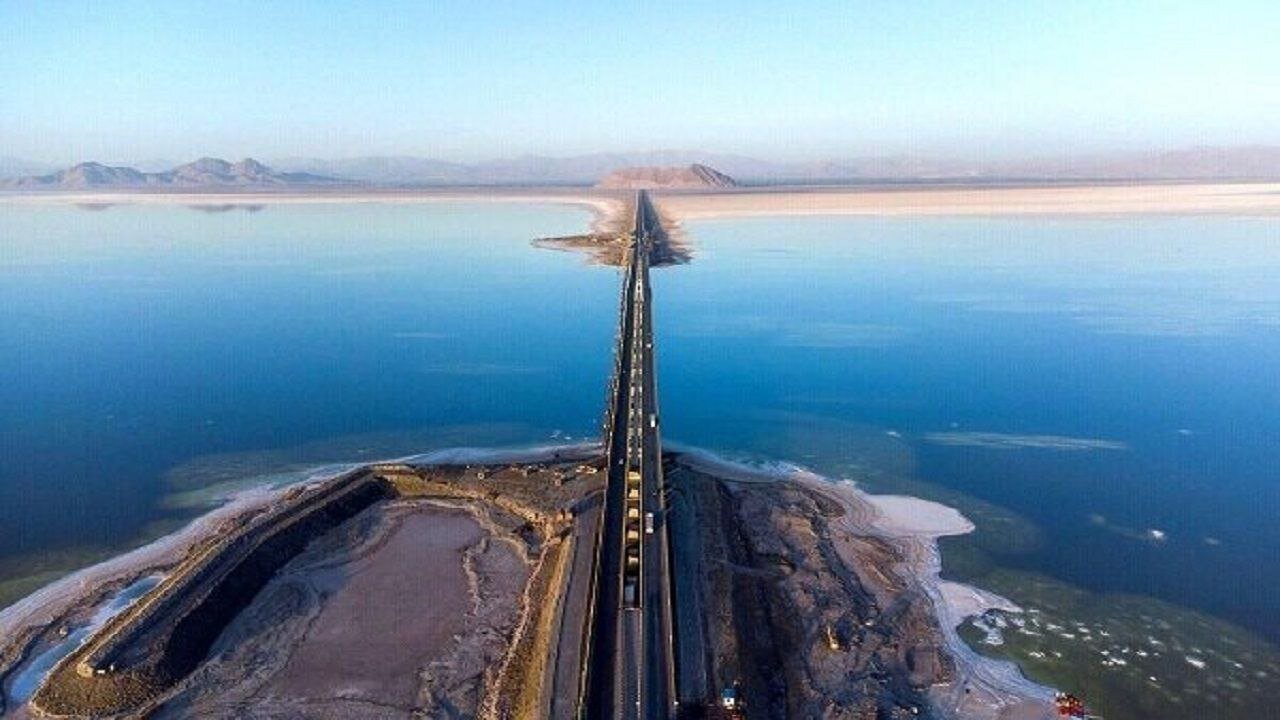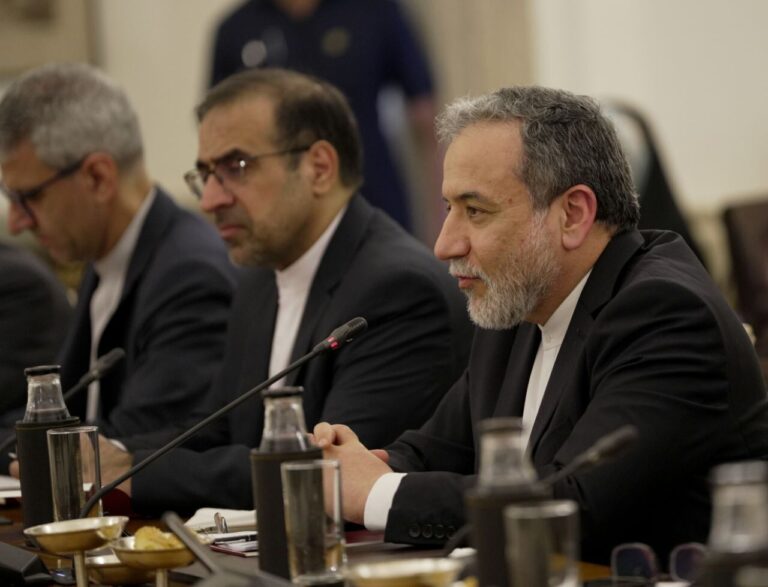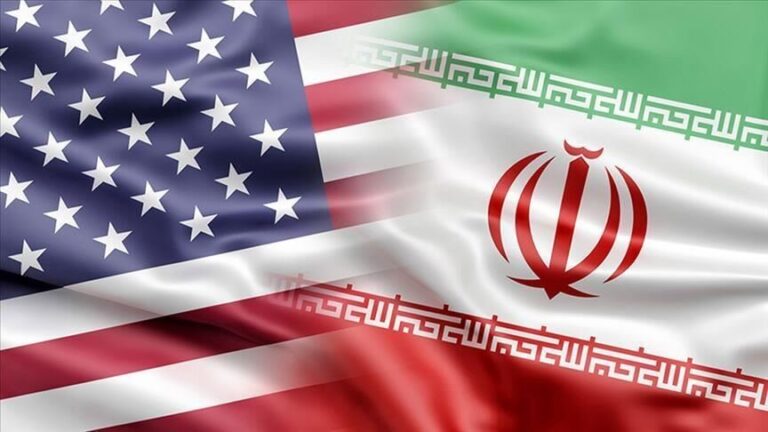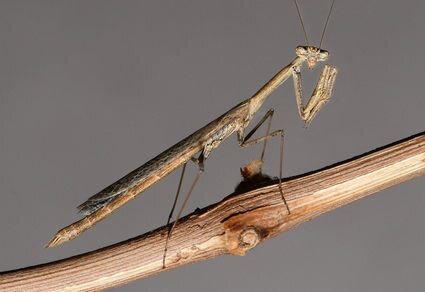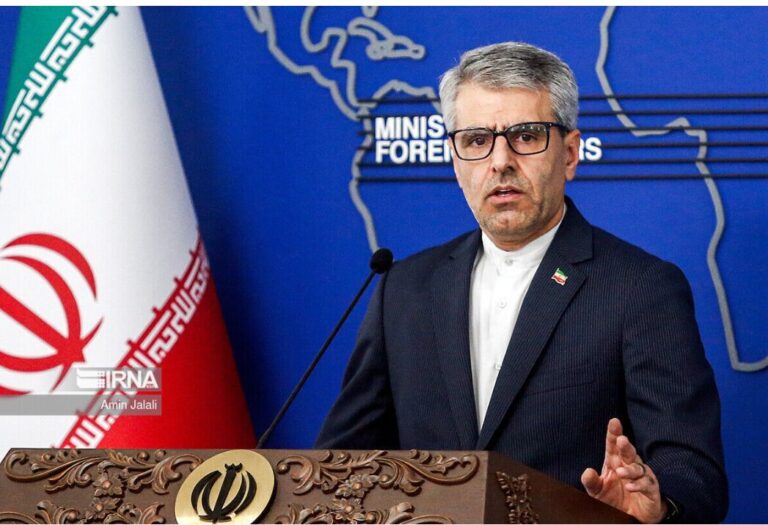Lake Urmia Shrinks: Impact of Low Rainfall on Iran’s Vanishing Treasure
Lake Urmia, a vital ecosystem in north-western West Azarbaijan province, is facing a concerning decline due to reduced precipitation levels. As of April 4, the lake’s area has shrunk to 1,140 square kilometers, a significant decrease from 1,350 square kilometers recorded on the same date last year. This article explores the current state of Lake Urmia, the factors contributing to its decline, and ongoing restoration efforts aimed at preserving this important natural resource.
Lake Urmia, recognized as the largest lake in West Asia and the sixth-largest salt lake in the world, boasts a surface area ranging from 5,000 to 6,000 square kilometers. However, the ecological balance of this important body of water has been disrupted since the 2000s, primarily due to environmental changes and human activities. The decline in precipitation, particularly during the spring months, has been alarming, with a reported decrease of 49.6 percent compared to the same period last year.
According to Majid Dastgahi, an official with the West Azarbaijan Water Company, the current water level of Lake Urmia stands at 1270.28 meters, which is lower than the 1270.34 meters recorded in April 2024. Furthermore, the volume of the lake has dropped from 1.8 billion cubic meters last year to 1.63 billion cubic meters this year, highlighting the urgent need for effective water management and conservation strategies.
Looking ahead, the Meteorological Organization predicts that precipitation levels from April 1 to 7 will likely remain normal, albeit with a tendency to fall below average. However, forecasts for the next two weeks suggest a potential increase in rainfall, which could provide some relief.
Restoration Efforts for Lake Urmia
In response to the crisis, a collaborative project led by the United Nations Development Programme (UNDP) and backed by the Government of Japan aims to promote sustainable agricultural practices and conservation solutions for Lake Urmia. This initiative, known as “The Project for Developing Conservation Systems of Wetlands in Lake Urmia and Other Wetlands, Including Their Surrounding Communities,” was officially launched with an exchange of notes signed on December 1, 2024.
This project, scheduled to run from 2024 to 2028, focuses on:
- Implementing sustainable agricultural practices.
- Enhancing climate-adapted livelihoods.
- Preserving the biodiversity of wetlands as critical ecosystems.
Lake Urmia is facing immense challenges due to the overconsumption of water resources, worsened by the impacts of climate change. This situation has severely affected the local ecosystem and agricultural activities, making them increasingly vulnerable to water shortages. Research indicates that ongoing climatic changes threaten to disrupt agrifood systems and further harm the fragile environment surrounding the lake.
The FAO, with support from the Government of Japan, has identified essential technical agricultural solutions aimed at increasing water efficiency in the agriculture sector surrounding Lake Urmia. These solutions are crucial for conserving the internationally recognized biosphere reserves linked to the lake.
Since 1995, Lake Urmia has been shrinking primarily due to rapid agricultural expansion upstream and the adverse effects of climate change. These factors have pushed the lake to the brink of depletion, jeopardizing the health, economy, environment, and agriculture of the region.
Despite ongoing efforts from the Lake Urmia Restoration Program National Committee, which has focused on lake restoration since 2013, the persistent critical situation underscores the need for comprehensive sustainability and management solutions. A coordinated response was initiated in 2016 when the FAO launched the “Integrated Program for Sustainable Water Resources Management in the Lake Urmia Basin,” funded by the Government of Japan.
This initiative has yielded several key outcomes, including:
- The implementation of a water accounting project in the Lake Urmia Basin.
- The identification of water-consuming hotspots within the region.
Notably, the water accounting project revealed the significant contributions of both irrigated and rainfed agriculture to the lake’s total evapotranspiration. This finding emphasizes the urgency of implementing water-saving measures to facilitate the restoration of Lake Urmia.
As restoration efforts continue, the collaboration between governmental organizations, local communities, and international agencies will be crucial in addressing the pressing challenges facing Lake Urmia. Sustainable practices and effective water management strategies are essential for preserving this invaluable ecosystem for future generations.
